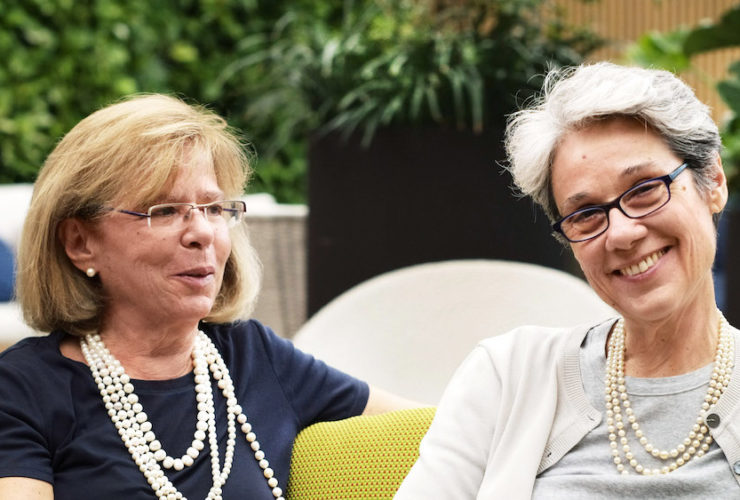Director of Renault design for 22 years, in 2009 Director of Renault design for 22 years, in 2009 Patrick le Quément left the car to try his hand at yacht design, and here too he is making his mark. left the car to try his hand at yacht design, and here too he is making his mark.
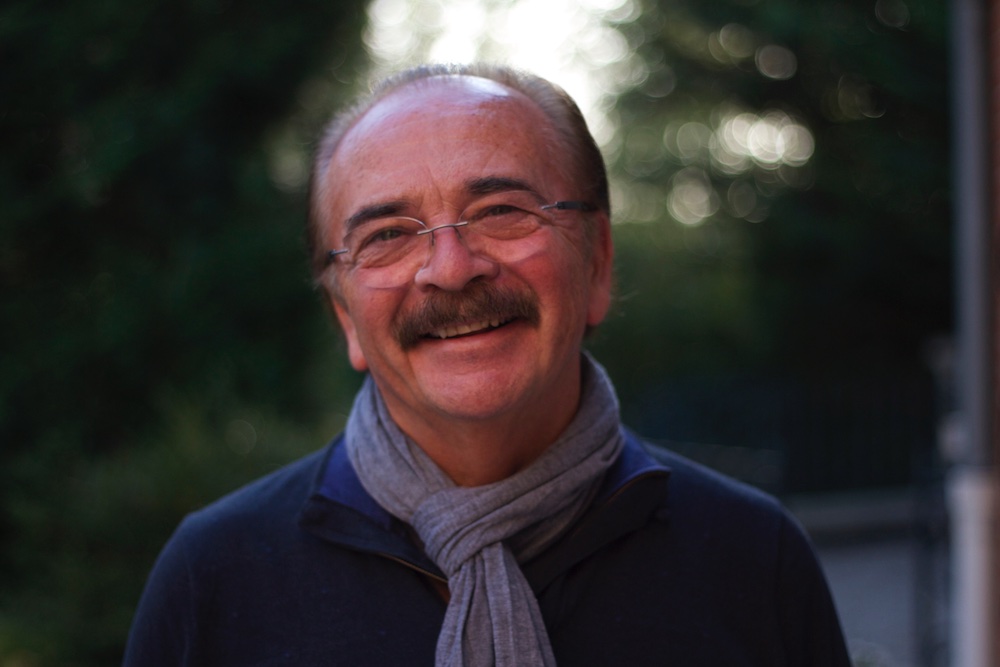
For 22 years he directed the Renault Style Center, marking the history of car design. Twingo, Megane, Espace, Kangoo, Laguna, Clio and concepts such as the Argos are due to him, among others. But Patrick le Quément, French, born in 1945, before Renault drew for Ford and Volkswagen. “In the 42 years in the car world I’ve been attributed the production of 60 million cars” he explains now that thanks to the VPLP agency of Marc van Peteghem and Vincent Lauriot Prévost he decided to start over as an “apprentice” (he emphasizes) in yacht design. Today 2500 boats sails carrying his signature and he preparing for the launch of his 30th project.
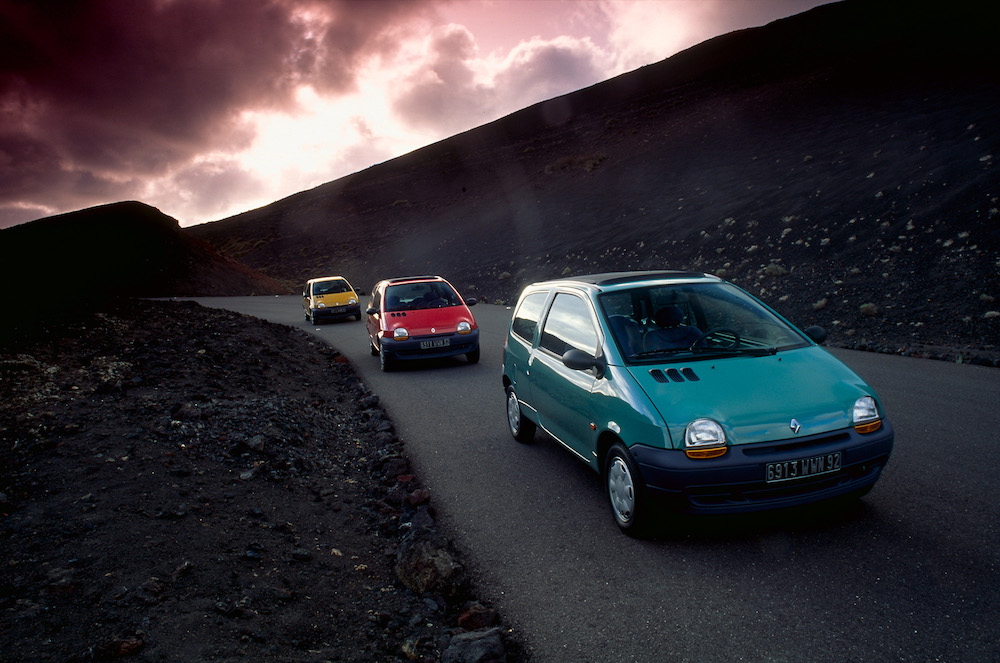
The beginnings with car design
How and when was born the passion for design. And why did you choose the car design?
My father was himself a car enthusiast and, I’ve always thought that there must have been a hereditary transfer which resulted in my enthusiasm for cars. I saw for the first time a Ferrari in Monaco when I was just 8 years old, and that confirmed that, what I really wanted to do when I grew up was to design cars and own a Ferrari.
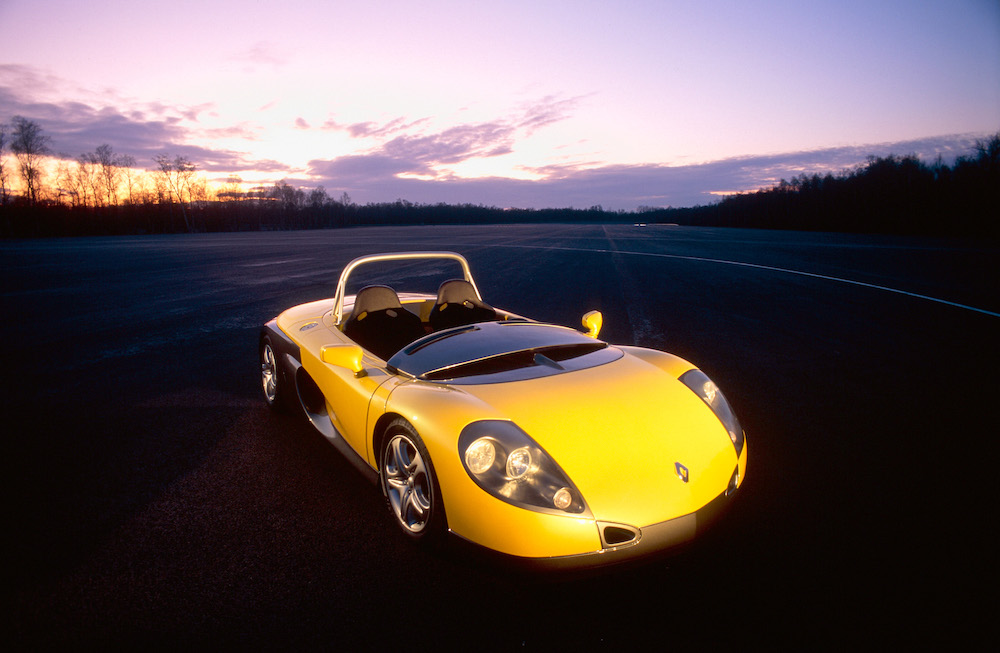
At Renault, you were successful in convincing management to place design at the heart of corporate strategy. Why is design fundamental and this approach applies to all sectors or only to large companies?
The conditions I insisted upon during my interview with the president of Renault, Raymond Lévy, was that I should be given a total freehand (carte blanche) to transform the Styling activity into a proper Design department. Associated to this, was the fact that Design should no longer be answering to Engineering but rather directly to the head of Research & Development. What I refused was for Design to be considered as the people who put lipstick on a pig, but rather as creators of value in a global design approach leading to the set up of an officially approved design strategy. I am fortunate to have worked 14 years for the next Renault president, Louis Schweitzer, who became convinced of the importance of the design contribution, and he thus named me to sit on the board of directors and I then answered directly to him, which was a first for a designer on the worldwide scene.
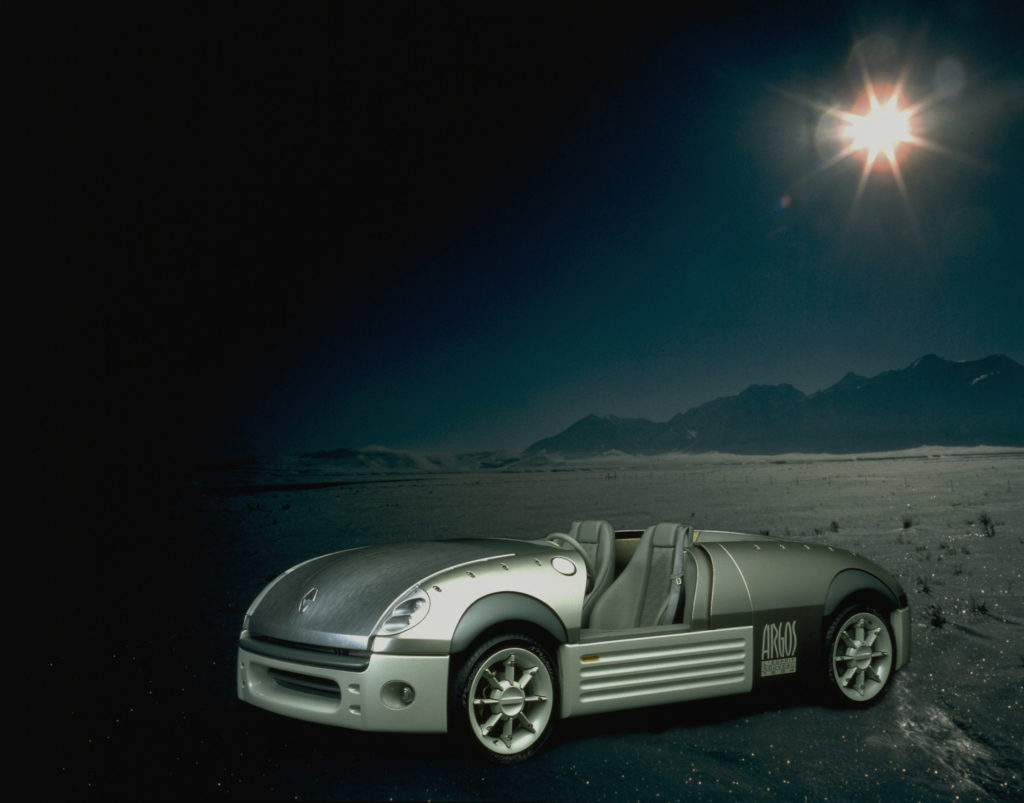
Patrick le Quément and the transition to yacht design
Then he left the car world and entered the yachting world. How did this choice come about?
When I left Renault in 2009, I was looking for a new challenge which would allow me to begin a brand new professional career. I was given an opportunity to design a boat by pure luck, as I was working on an assignment for Grand Large Yachting to improve their mastering of perceived quality. They knew that I had been the head of Group Quality at Renault for several years whilst still running the Design department. They offered me, out of the blue, to join a team designing their new boat, the Outremer 5X. This is where I first met up with the marvellously creative naval architects agency of VPLP Design.
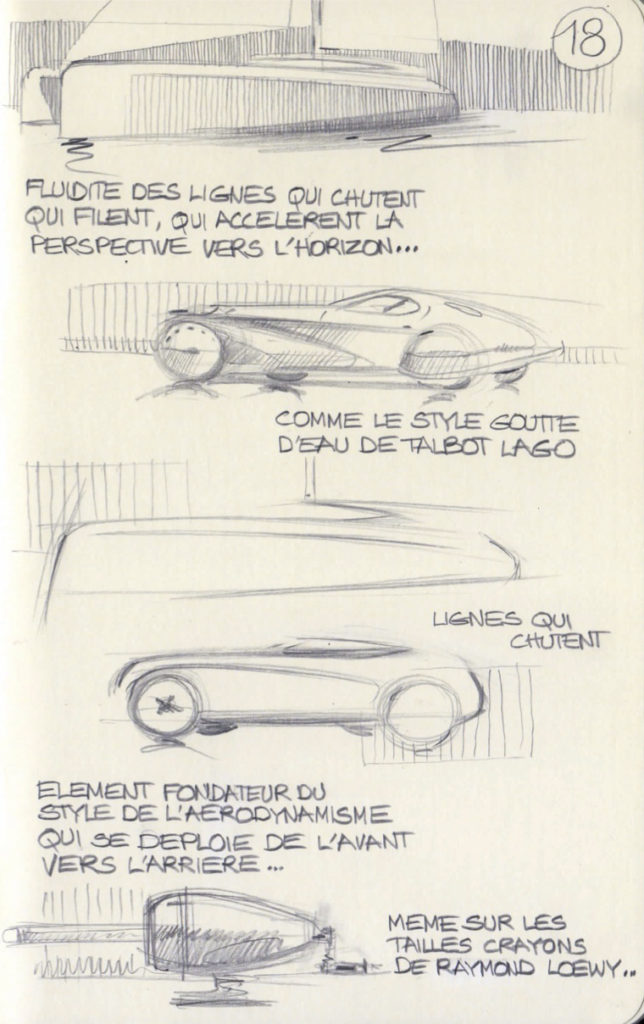
A passion for multihulls
Until now, you have mainly signed multihulls. It’s a choice, a preference or it’s due the collaboration with the VPLP’s specialisation in multihulls?
I’m not an exclusive multihull designer, and in fact the second exterior of a boat I designed was a trawler yacht but, as I wanted so much to work together with VPLP Design, and they happened to be the multihull specialists, I’ve been doing a lot of catamarans. In fact, of the 29 yachts where I’ve been responsible for the exterior design, 28 have been multihulls. I’ve worked on more than 75 prospective yacht projects in the past 12 years, and some of them were monocoques.
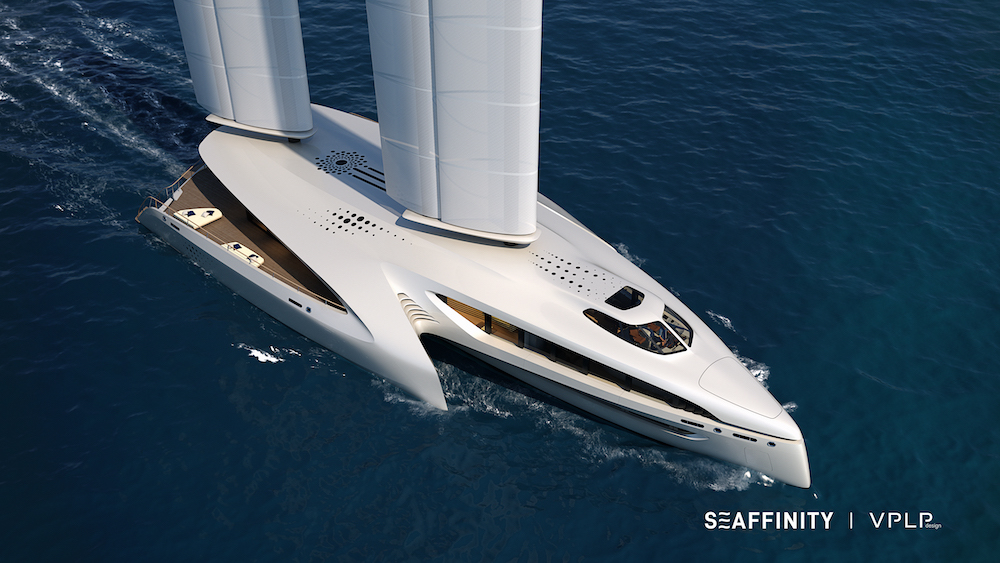
What room is there in terms of innovation in multihulls, which is very conditioned by its structure?
I love multihulls as they are, from a design perspective, considerably more challenging than monohulls. I have tried over the years to achieve a feeling of overall integration which was almost absent in the past.
Have you followed the America’s Cup and what do you think of the foils?
The America’s Cup is an event I’ve followed for many years. Foils are absolutely fabulous as a technical challenge and the race activity of VPLP Design have become masters in this domain. Mathias Maurios, who is the Head of the cruising division, was reminding me that foils have appeared on certain cruising boats and smaller ferries but, even if foils can improve the comfort on boats, they are less compatible with heavier units.
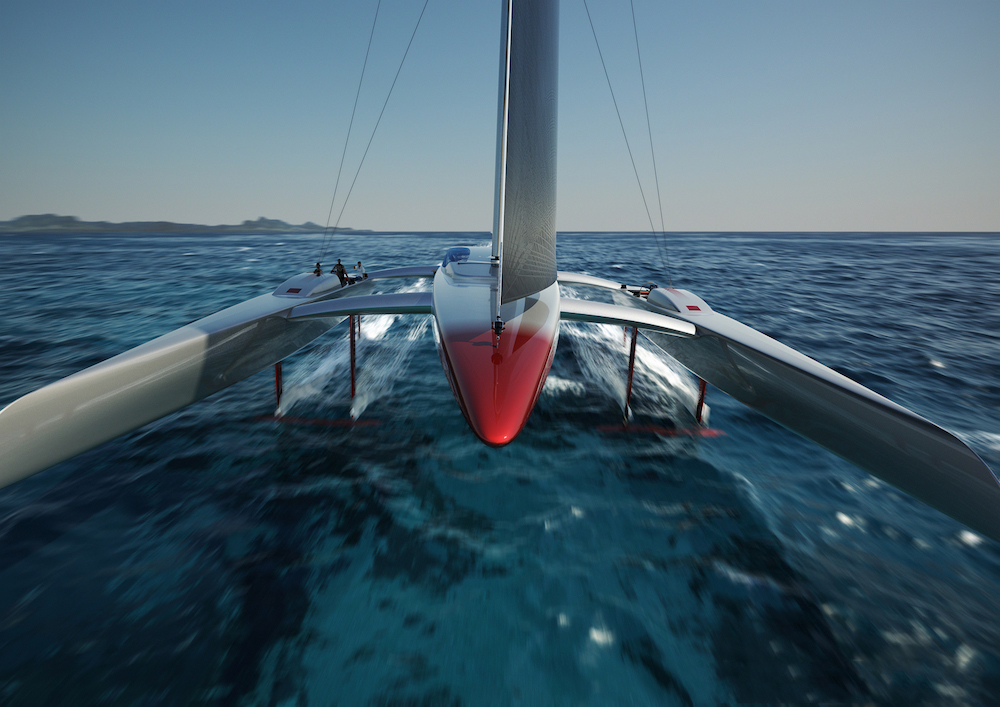
Style and design according to Patrick le Quément
In “Design Between the Lines”, you clarified the meaning of the words “style” and “design” in the field of “automotive”. Can you summarize them for us?
Good design appeals to the head as well as the heart. I’ve always said that good design in automobiles was 90% common sense and 10% of that mysterious – or magical – something that we refer to as aesthetics. Styling in my mind is designing without too much thinking and we are far, too far from the best definition of Design given by the architect Le Corbusier «Good design is intelligence made visible».
In 2014, with others, you founded BESIGN The Sustainable Design School. How did the idea come about and what is the framework of the school?
BESIGN, as it is now known, is an international sustainable design school which was founded together with design educator Maurille Larivière and the well known naval architect Marc Van Peteghem, co-founder of VPLP Design. We created this school as there did not exist a school which took at heart the ecological challenges facing designers who want to do something for the planet. Our aim being to form future generations of designers who feel concerned by our environmental issues and who want to be actors of change.
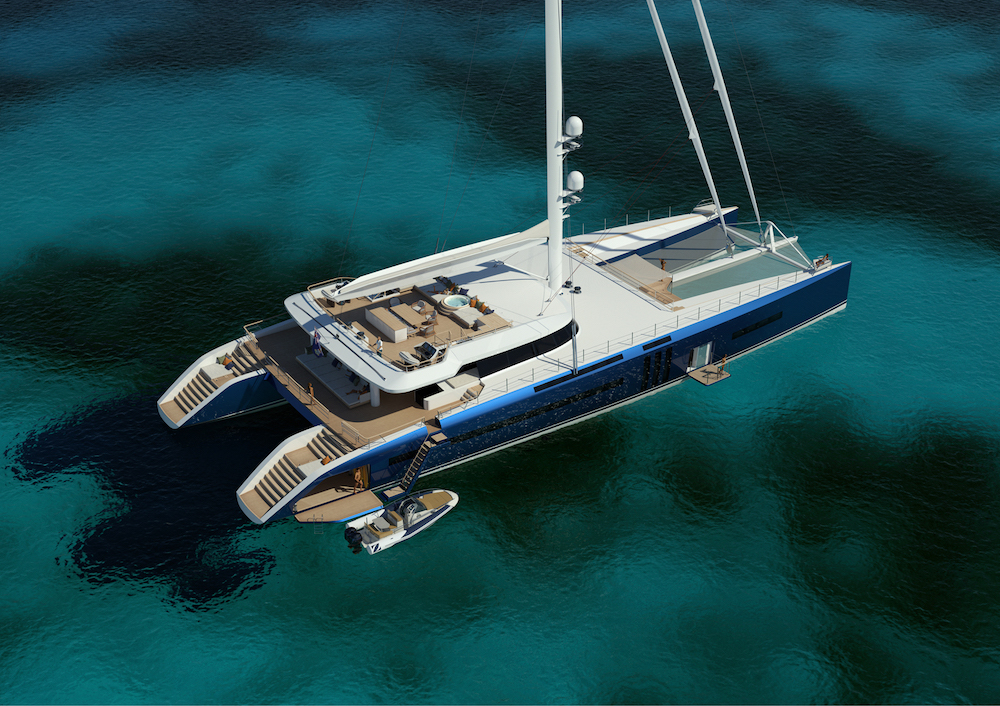
The electric transition opens up new scenarios in the automotive sector and also redefines the use of space in a car. Even in the nautical sector, particularly in the automotive industry, the “electric” theme is making itself felt more and more. Will electricity also change the way of living and using the boat and the way of fitting out the spaces on board?
Indeed, electric vehicles have now become almost common, even if I am sad to note that no company has so far used the enormous package freedom that an electric powertrain vehicle offers in terms of gain of space, all could just as well be powered by an internal combustion engine. So far the automobile world has remained prisoners of a paradigm based on the past. As for the arrival of electricity in boats, architects will be the actors at the heart of the change and I know that, whatever major improvement can be achieved will become a reality. This is rather different to that of the automobile world where the Marketing departments rule. As the American Mark Twain author once wrote «I’m all for progress, it’s change I don’t like».
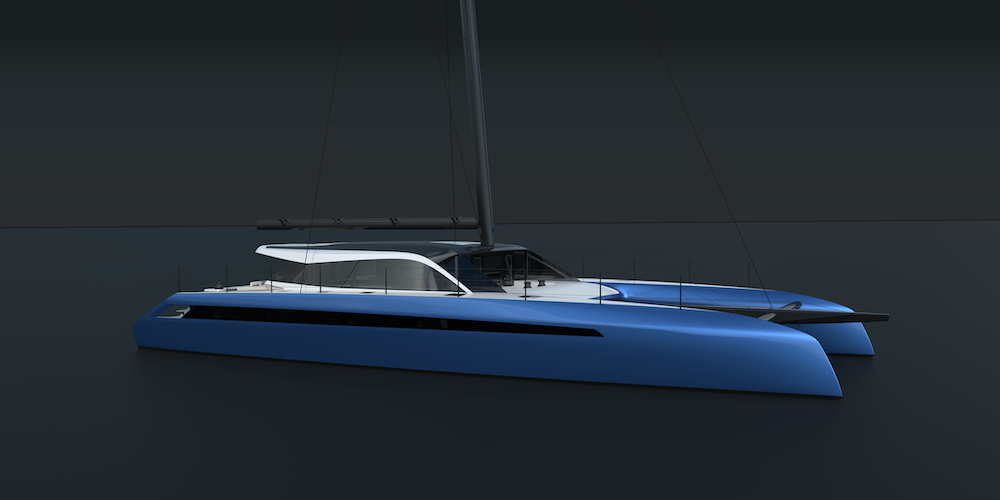
The importance of drawing for Patrick le Quément
Planning and design software are increasingly central. How important is it to entrust creative thinking to a sheet of paper and a pencil?
It’s capital, drawing is to do with thinking and not just a means of communication with others. It’s important to be able to draw as you think, dreaming all the way through to a new idea. As Henri Matisse wrote «Drawing is making your idea more precise. A drawing is the precision of a thought.»
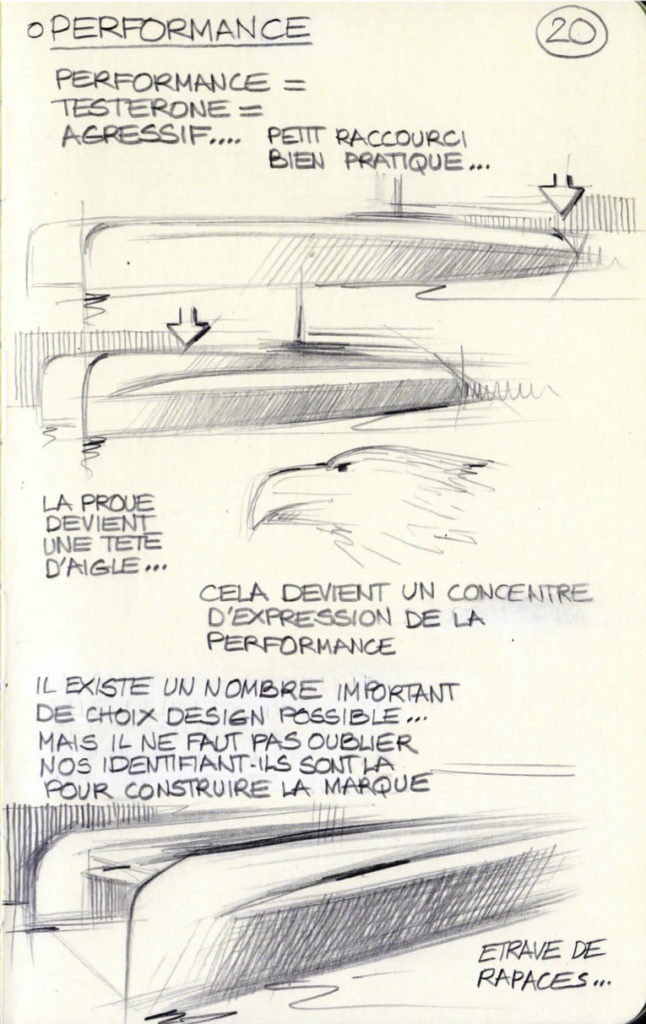
From cars to boats, there’s an element, or concept, that unites all of his output. What does the signature of Patrick le Quément show?
As designer I’ve never imposed a «le Quément signature». I design for my client, be it an individual or a company. In each case we try at VPLP Design to express the quintessence of the key values of our clients and honour the history of companies when they have one. Where I believe that my contribution has been unique, is using digital modelling tools that were developed originally for the auto industry, and working with highly skilled modellers, who for the most were active in different automobile design departments. This has resulted in greater sculptural qualities in the yachts we design.
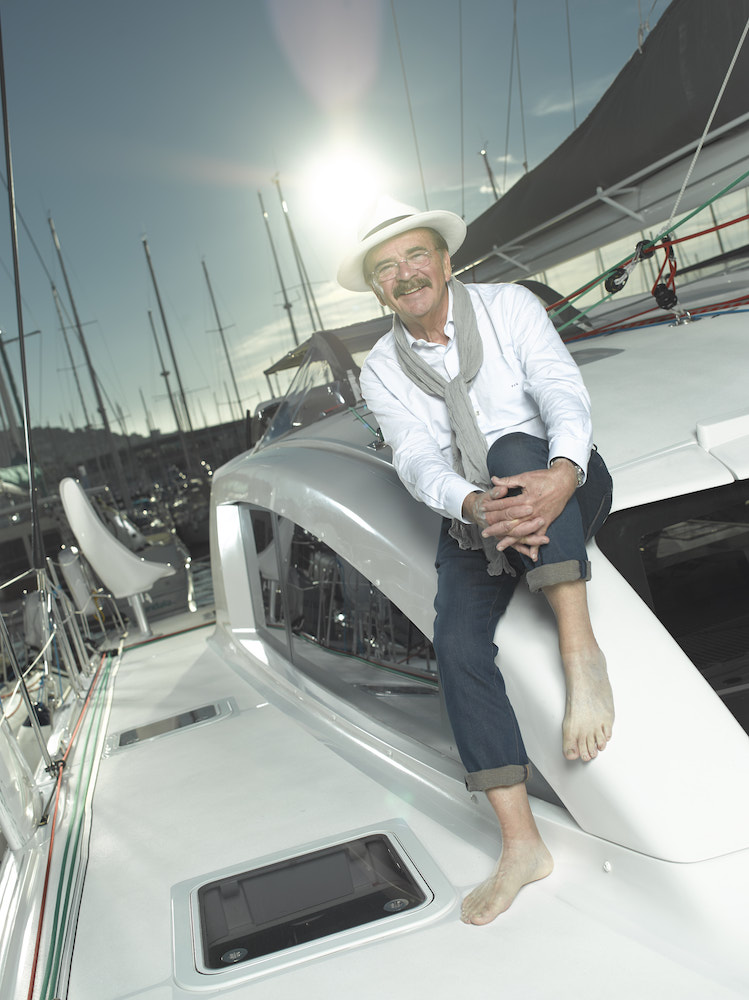
Last, what advice would you give to young people who wish to approach the profession of car or boat designer?
Draw, draw and draw and be curious of all things, don’t close yourself in a silo, open your eyes and listen.
Emilio Martinelli






